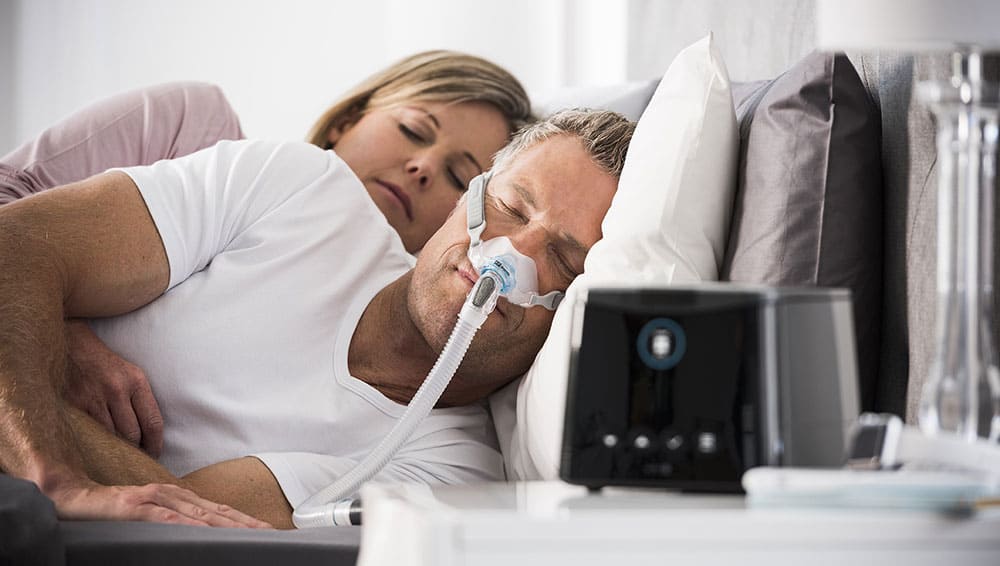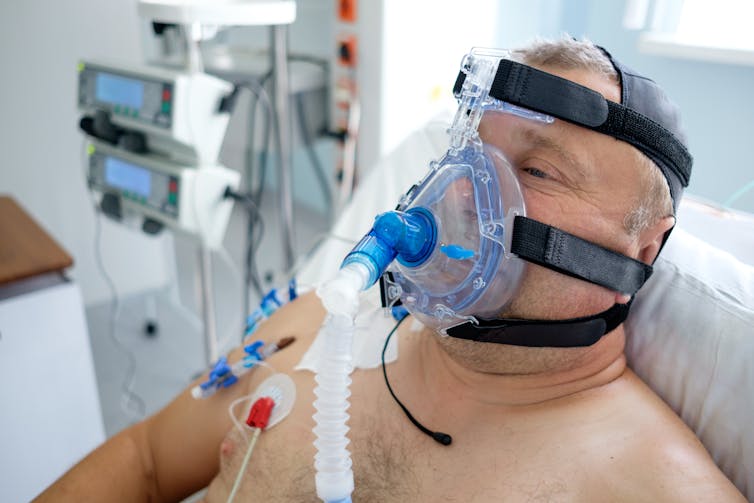CPAP vs. BiPAP Machines
Many apneic patients are faced with the decision to choose between CPAP vs. BiPAP machines in search of possible treatment. It is important to be well-informed when making decisions that affect your overall health and quality of life. Hopefully, this article would help you make an informed choice that would be best for your unique case and situation.

The Main Difference Between CPAP and BiPAP Machines
CPAP and BiPAP machines are both designed to aid in keeping the airway open in order to facilitate healthy and proper breathing while the patient is asleep. However, there is one key difference in how these two PAP machines work. As the name suggests, CPAP or Continuous Positive Airway Pressure Machines, provide air pressure that is constant and continuous. BiPAP or Bilevel Positive Airway Pressure Machines, on the other hand, have two pressure settings. Moreover, the pressure upon inhalation is different from the pressure for exhalation.
Some apneic individuals prefer BiPAP machines because they find that the constant pressure of CPAP machines make it difficult for them to exhale. Because of the BiPAP machine’s bilevel settings, the user can configure their settings so that the pressure is higher upon inhalation than in exhalation. The lower setting upon exhalation allows for the user to be able to exhale more comfortably during sleep.
BiPAP machines also work well for people who have other conditions that affect their breathing. Given this, doctors also prescribe BiPAP therapy to individuals with congestive heart failure and other conditions that affect the function of the heart and lungs.

Different PAP Machines for Different Needs
Individuals who experience breathing difficulties due to conditions that affect their nerves and muscles would find BiPAP Machines more effective than the standard CPAP Machine. This is because of how easy it is to calibrate BiPAP Machines. In addition to it’s two pressure settings, you can also specify the number of breaths per minute.
BiPAP Machines are also a great option for people who struggle with using CPAP Machines due to experiencing difficulty while exhaling.
The Price Difference Between CPAP Machines and BiPAP Machines
BiPAP Machines generally range from $800 to $2000, depending on the manufacturer and the complexity of its design. These machines are significantly more expensive than the standard CPAP Machine that cost anywhere between $350 to $1000. This is to be expected due to how BiPAP Machines have more settings and modes, meaning that their build is a little more complex compared to that of the CPAP machine.
If you are considering using a BiPAP machine but are having second thoughts because of the added cost, you can ask your insurance provider if they can cover the purchase. Some insurance providers may cover the cost of a BiPAP machine if your doctor specifies BiPAP therapy over CPAP therapy.
What You Should Know About Your BiPAP Machine’s Bilevel Settings
To be able to cover the varying needs of each individual patient, BiPAP machines are designed to be able to switch between their two pressure settings by means of three different mechanisms. You can either use its spontaneous switching setting, timed switching setting, and spontaneous/timed switching setting.
Spontaneous Switching
This switching mode allows the machine to automatically match the user’s natural breathing pattern. This is the easiest and most common setting because of how it does not require the user to specify the number of breaths per minute.
Timed Switching
This BiPAP mode allows the user to calibrate their machine’s settings to specify how long each inhale and exhale phase should last in addition to the number of breaths per minute. Because of this mode, BiPAP machines are often recommended to individuals with neurological issues because it can function similarly to a ventilator.
Spontaneous/Timed Switching
The Spontaneous/Timed Switching mode is ideal for individuals who are mostly capable of breathing on their own but are at risk of breathing less than they should while asleep. This is because the Spontaneous/Timed Switching mode is mostly spontaneous in that it senses the user’s natural breathing patterns but would switch to timed switching when the machine picks up that the user’s breathing has dropped below a set number of breaths per minute.
Choose What’s Best For You
Before you even begin making a final decision on which machine to incorporate into your PAP therapy system, make sure you understand what your needs are. As much as it is necessary to know the specifics of each type of machine, accessory, and product, it is equally as important to have a clear understanding of what your needs are.
For more products and CPAP information, consider checking us out at BuyMedical.com.

